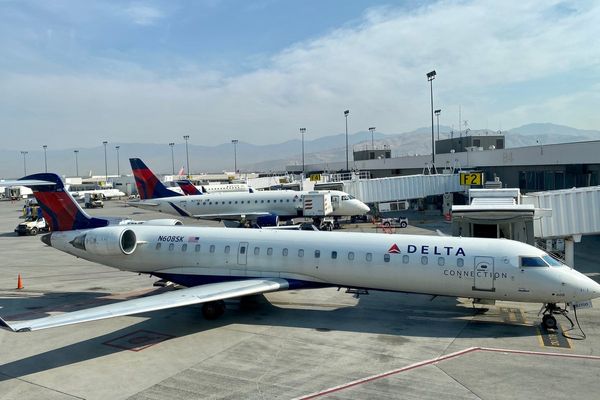
Air pollution may be a non-immediate threat but it's a serious danger to public health and more attention should be given to resolving it.
As we have seen with winter, PM2.5 fine dust pollution has returned to envelop Bangkok.
Yesterday, the air quality index in several parts of the city was at the unhealthy red level, as it has been occasionally over the past few months.
But Bangkok's air quality concerns gain little media attention, and with little public pressure, nothing seems to be done to fix it.
Given that it is a seasonal problem, people typically endure it and wait for the fine dust to clear away as temperatures rise and airflow improves.
But problems ignored rarely get fixed.
Thailand may have been busy battling Covid-19 over the past two years but that does not mean other tasks have to grind to a halt, that other woes that people face can be forgotten.
PM2.5 air pollution has long dogged the city for years before Covid-19 arrived. At its worst, high levels of air pollution meant children were not allowed to go to school while vulnerable groups were advised to remain indoors. When it was that problematic, air pollution appeared to receive attention -- multiple proposals and plans were put in place to deal with it.
In 2012, fine dust pollution was given urgent "national agenda" status and the Pollution Control Department drafted a master plan to tackle the issue.
The plan included detailed data regarding the five main sources of air pollution namely transport, outdoor burning, industry, construction activities and cross-border haze.
The 48-page plan aimed to ensure there was "good air for Thais and visitors'' by 2024.
It was a comprehensive and practical plan that adopted a precautionary approach outlining what needed to be done to tackle pollution sources.
Key performance indicators were identified, including an increase in the number of days when air pollution is within a set standard, a decrease of hotspots within the country and a reduction in the number of patients with respiratory problems.
But what remains missing are the results.
There has been little in the way of communication about the plan's progress, on what elements of it have been executed and what has so far been established. Some examples show this to be the case.
For long-term management, little seems to have been done about the plan's idea of setting up vehicle restriction areas to reduce the number of cars entering the city. Meanwhile, small steps listed in the plan as building alternative transport paths such as bike lanes or safe and convenient pathways have seemed to have gone nowhere.
While winter will soon go away, and along with it the cooler air trapping the fine dust particles, the toxic haze problem should not be allowed to fade.
The plan calls for timely and effective action to lower pollution in the city, but the opposite appears true. If this is not the case and that progress is being made, then the public must be regularly updated on what has been done and what agencies are falling short.







